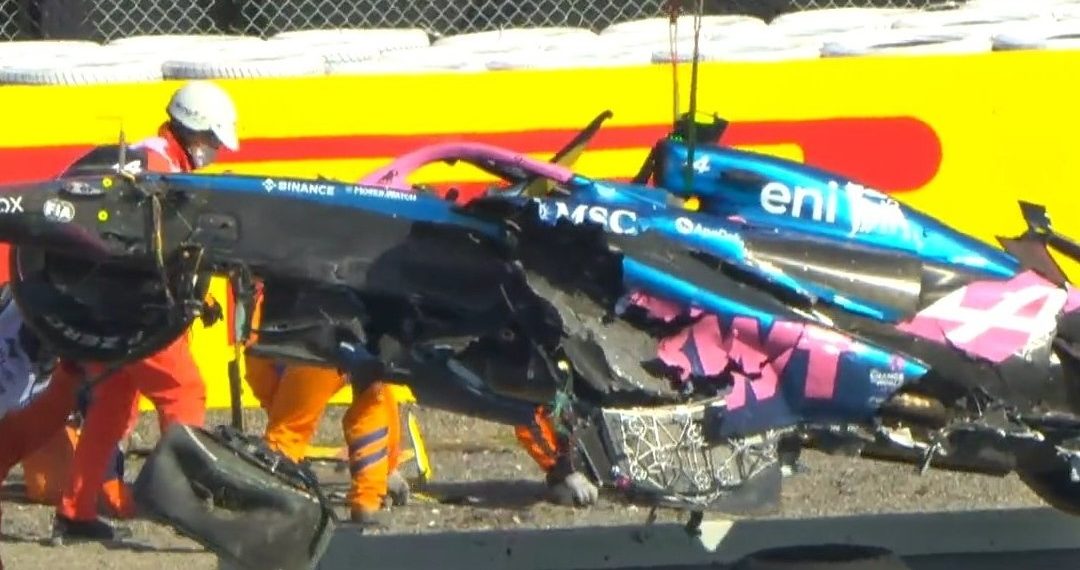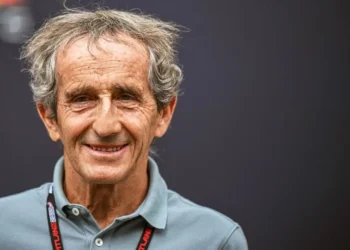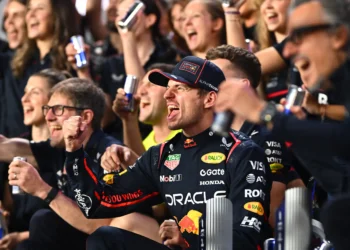In a shocking turn of events at the Japanese Grand Prix, Jack Doohan’s risky maneuver ended in a terrifying crash, raising questions about its origins and implications.
During the second practice session, Doohan, behind the wheel of his Alpine, aimed to make up for lost time but instead found himself careening into the barriers at a staggering 331 km/h speed. Miraculously, the 22-year-old emerged unscathed from the wreckage, prompting relief among fans and officials alike.
However, the circumstances leading to the crash have sparked intense speculation. Observers noted that Doohan approached the first curve with the DRS (Drag Reduction System) open, a move typically unheard of in that particular section of the track. The failure of the rear wing to close automatically, combined with the layout of the circuit, created a perfect storm that culminated in disaster.
But the plot thickens with revelations from German publication Auto, Motor und Sport, suggesting that Doohan had actually tested this daring strategy on a simulator beforehand. The report claims that Doohan had discovered he could navigate the first curve with the DRS open in the simulation and attempted to replicate it on the actual track – a decision that proved catastrophic.
Team principal of Alpine, Oliver Oakes, seemed to confirm this theory by labeling the failure to close the DRS as a “miscalculation.” Oakes expressed hope that Doohan would learn from this harrowing experience and be better prepared for future races.
As the dust settles on this high-speed drama, one thing remains clear – risk-taking in Formula 1 can yield either glory or disaster, and in Doohan’s case, it was a fine line between the two. The aftermath of this incident serves as a stark reminder of the unforgiving nature of motorsport and the fine margins between success and calamity on the track.










